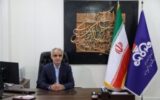
The Deputy Director of Planning and Economic Development of the Pars Special Zone Organization announced the issuance of 38 investment licenses in petrochemical plants with an annual capacity of 43 million tons in the Pars Special Zone, saying: "These projects will be put into operation in the next five years."
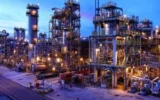
Isfahan Oil Refining Company (EORC) is one of the largest refineries in Iran, having started its activities in the field of crude oil refining in 1979 and today produces about 22% of the country's petroleum products. With a refining capacity of 375,000 barrels per day, the company has a wide variety of petroleum products and feedstock for downstream industries.

The CEO of the National Petrochemical Industries Company estimated the value of polymers produced in industrialized and developed countries at about $2,000 per ton and said: "Iran's petrochemical industry must move beyond the chemical sector and move towards creating more added value by producing polymer materials; the total capacity of polymers is currently only about 10 million tons."
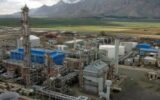
Following the government's recent decision to reform the revenue structure and align the price of gas feedstock with global rates, Iran's petrochemical industries have faced unprecedented conditions. The increase in feedstock price from 47,000 rials to 139,000 rials has not only increased the current costs of the complexes but has also changed the competitive equations of the entire urea industry.

Abbas Karimi revealed the excessive hiring during the previous administration, the heavy costs of human resources, the high-profile overhaul in the middle of the war, and the drop in income due to the suspension of gasoline exports.
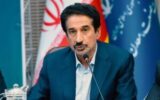
The Secretary General of the Petrochemical Industry Employers' Association emphasized the serious pursuit of resolving the industry's problems and said: "New solutions for financing petrochemicals will soon be finalized."
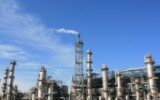
Arvand Petrochemical Company (Public Joint Stock Company) with the symbol "Arvand" was listed on the Tehran Stock Exchange on August 18, 1404, after obtaining legal permits and approval from the Admissions Board.

While refineries around the world have achieved a high level of complexity by relying on new technologies and extensive investments, Iranian refineries are still significantly behind global standards. Morteza Behrouzifar, an energy expert, says that our problem is not just a lack of capital; even if we assume that we have sufficient financial resources to implement projects, there is still no possibility of serious upgrading of refineries due to limited access to modern technology and equipment.
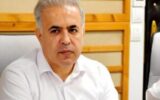
The manager of the first refinery of the South Pars Gas Complex announced the start of major repairs to the refinery with the technical and support teams fully prepared.

Gachsaran Petrochemical, a huge project with a billion-dollar investment that was supposed to produce one million tons of ethylene annually and feed four other petrochemical units, was halted and suffered losses after its early launch, despite the 13th government’s haste to complete it, due to lack of coordination in planning and lack of consumers. The petrochemical plant had drawn criticism from the National Petrochemical Industries Company, claiming that NPC was one of the factors that put Gachsaran in this situation. However, Saeed Baghbani, the director of production control at the Petrochemical Industries Company, denies these claims.










